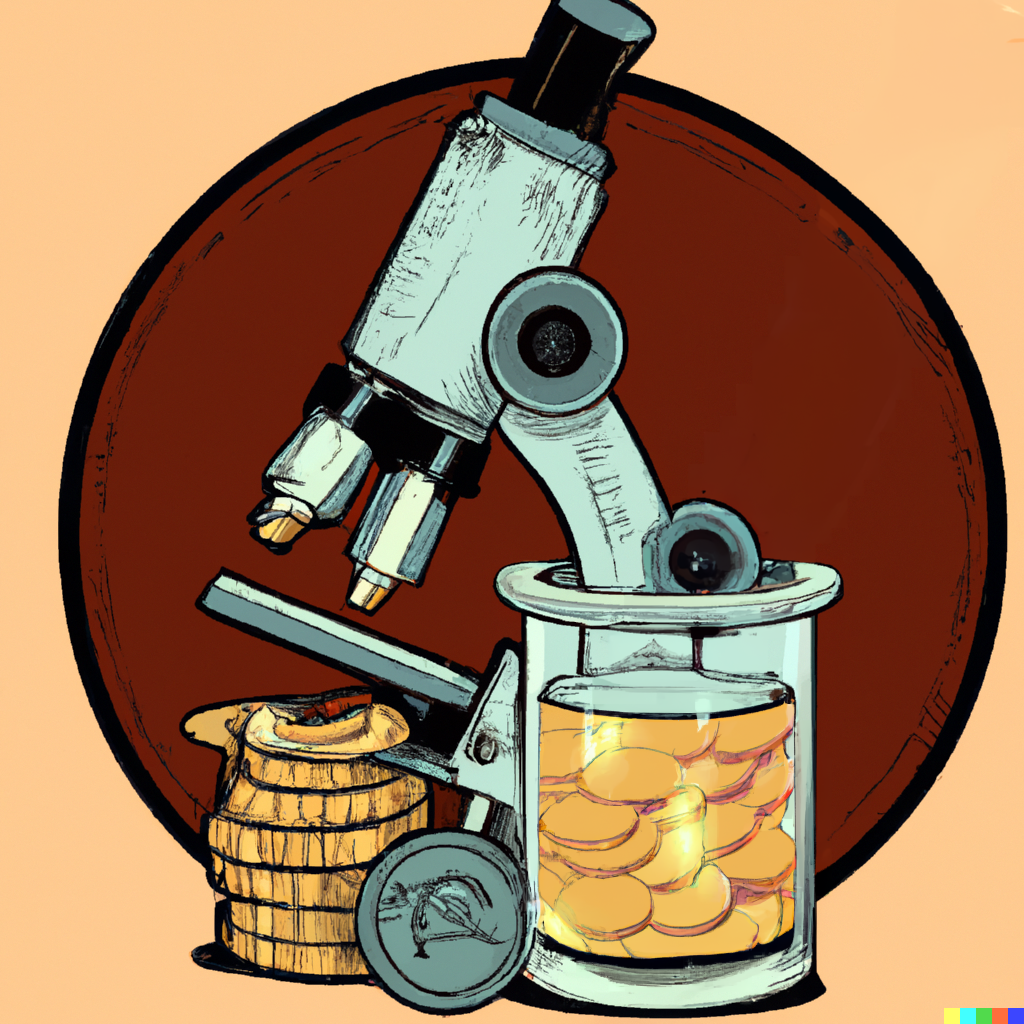When I first started cleaning Ancient Coins, I bought a bag of “practice coins”. They’re coins in such poor condition that they’re sold in bags by the pound. The vast majority of the coins are almost completely unidentifiable. I spent a year cleaning every coin in that bag (over 100) learning how to clean coins without damaging them. This is the best coin in the entire bag. I find it neat because its a coin made to celebrate the famous city of Constantinople. This particular coin was minted in Thessalonica (Greece). If you don’t know Roman history then you might find it strange to see two kids being suckled by a Wolf but this is a symbol for the city of Rome and the two kids are Romulus and Remus which is from the story of the founding of Rome. On the obverse is Roma the “personification” of Rome. Normally coins of this type have two stars above the wolf, but I only see 1 on this one. I don’t know if I have something special or not but I doubt it. You can much better examples of this coin here RIC VII Thessalonica 187


First thing to know is that ancient coins are different then the coins you are used too. The metal has combined with various elements in the ground and has minerialized. It’s delicate and cleaning requires a lot of patience and care. Without a whole suite of tools and experience at your back there is only a few safe things that can be done. Soaking the coin in distilled water is really the only way you can soften encrustations without damaging the coin itself. Then using something softer than the delicate coin to gently rub the dirt off one layer at a time. Toothpicks or bamboo skewers are great for this. Spend no more than 10mins at a time working on the coin before returning it to the distilled water and coming back another day. Change the water out every few days to once a week or so. This method will take months… Once you invest in a binocular microscope that is when the hobby kicks itself into high gear and you can use better tools.